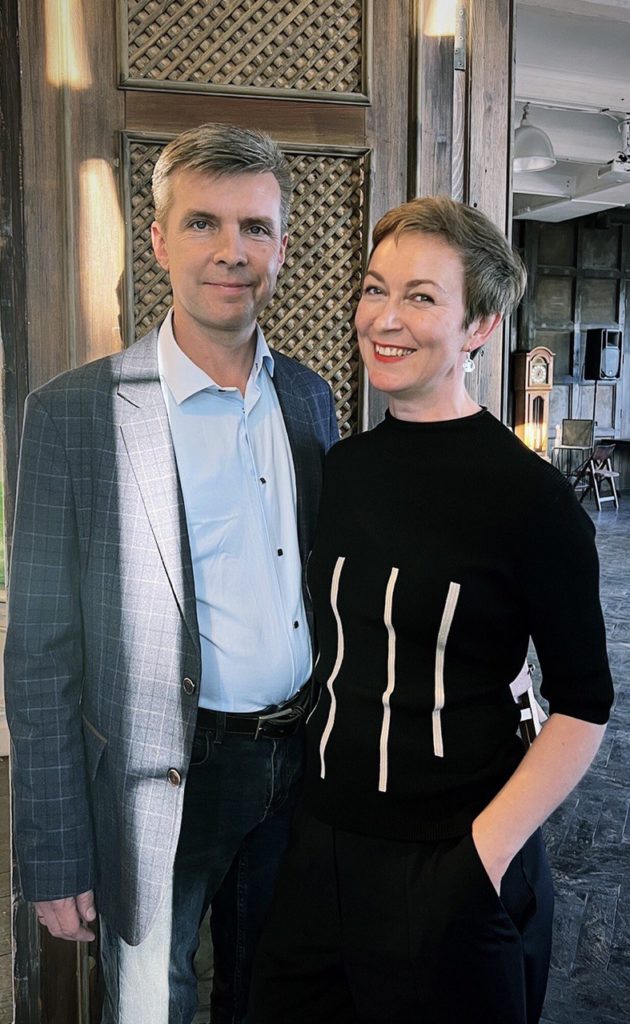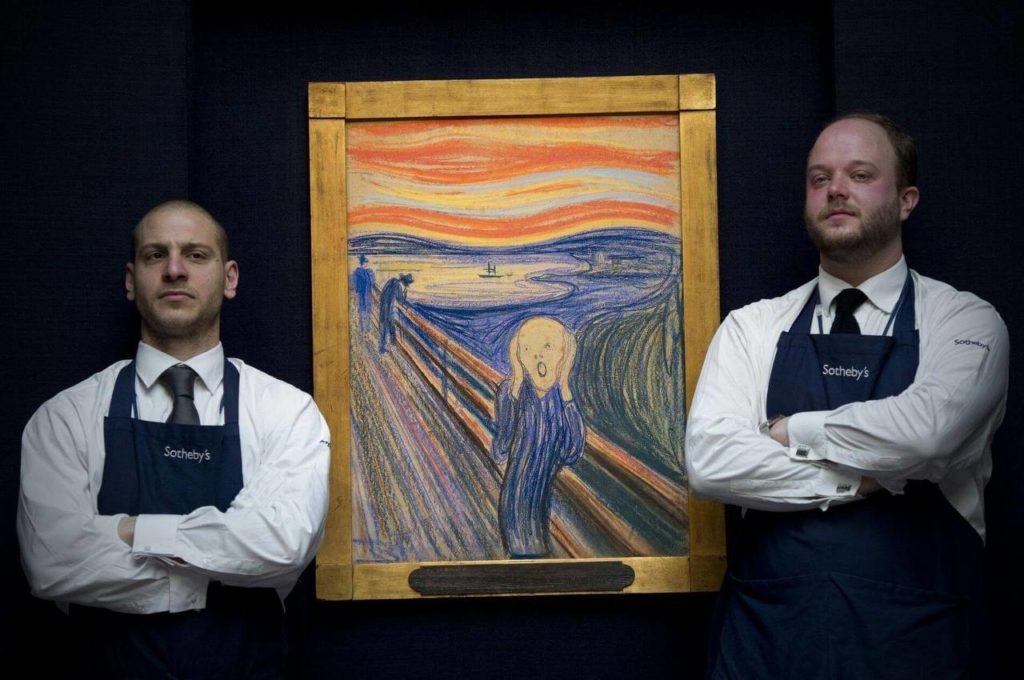Munch, presidents and catalogs
October 28, 2023
I have recently received a print run of a new catalog from the printing house.

This is a modified version of the 2021 catalog released for the exhibition “Light Presence”.
At first, I wanted to add some of my latest paintings to the previous catalog, but during the assembly process I realized that the old works and the new ones were at odds with each other. That is why designer Daria Rubakhina and I reduced the number of old pictures, added some new ones, and as a result got a balanced mix of different moods.
To me the release of the catalog is a step towards getting back to my artistic sphere.
In September 2023, my status as the sitting president of the National Pastel Society of Russia changed into the status of honorary president of the NPS. I want to say a big thank you for this honor to the members of the board of our organization. In recent months, I have been actively handing over the administration to Vladislav Tatarinov and Ekaterina Rakityanskaya, who are going to continue developing the NPS in the next five years.
I decided not to serve a second term a year ago, when my activities in the NPS no longer left room for my personal artistic growth.

We have done a lot in the course of the NPS management. Projects, meetings, negotiations and exhibitions did their job and attracted attention to the pastel technique and, of course, connected many artists and organizers with each other. My personal experience in working with people and curating exhibition projects as well as understanding the connected system of artist associations is a gift for my five years of activity. It will always remain a part of me, and I will be able to share it with my beloved NPS in the future.
Now it is time to get back to the studio.
On the very first evening after the meeting devoted to the replacement of the president, I seemed to feel no energy in the studio and rearranged the furniture. I turned my desk around, moved the laptop and the monitor and changed the position of the sofa so that I could look at my working wall from afar. The whole space started to work somehow differently!
I often write how important it is for an artist to make pauses in the routine rhythm of life. During these periods in time, you get a new look at your paintings and at the direction in which you are moving, and you can go deeper into the research. Life without pauses practically does not let you grow artistically.
So now, sometimes not fully believing it, I begin to catch my usual artistic rhythm. I have even started reading the postponed, necessary and so welcome paper books again!
One of the stories made me laugh heartily. I want to share it with you, because it is closely related to the attitude of different institutions to the pastel technique.
I was reading “Breakfast at Sotheby’s: An A-Z of the Art World” by Philip Hook, when I came across a chapter about Edvard Munch’s “The Scream”. It was a showcase of a recognizable “icon” that goes down in history as a strong image. The painting was stolen twice, but fortunately, it was returned back without damage. Munch had four versions of the painting “The Scream”, but only one of them belonged to a private collector and went to auction.
The team of experts faced a tricky task to evaluate the priceless work of art. Back in 2008, one of Munch’s paintings was sold for thirty-seven million dollars. But was it possible to ask that much for “The Scream”? It was worth more! So, the experts decided that one hundred million dollars could probably be the right price.
Then someone remembered that “The Scream” had been created in pastel.
Since it was not a painting, there was no point in having dizzy expectations about the price and the painting was likely to bring thirty-forty million dollars. At the same time, the other three of Munch’s paintings were all in museums and they were pastels as well – the technique allowed conveying strong feelings and experiencing powerful emotions to the fullest.
The author of the book compared the purchase of “The Scream” to receiving the first prize, in which case could the price depend on the technique? In the end Munch’s pastel “Scream” was sold for one hundred nineteen million nine hundred thousand dollars – the highest price ever paid for a work of art at auction.

It happened in 2012, but it is still a very inspiring story not only for me personally, but also for all the graphic artists.
Have a nice day, everyone!









